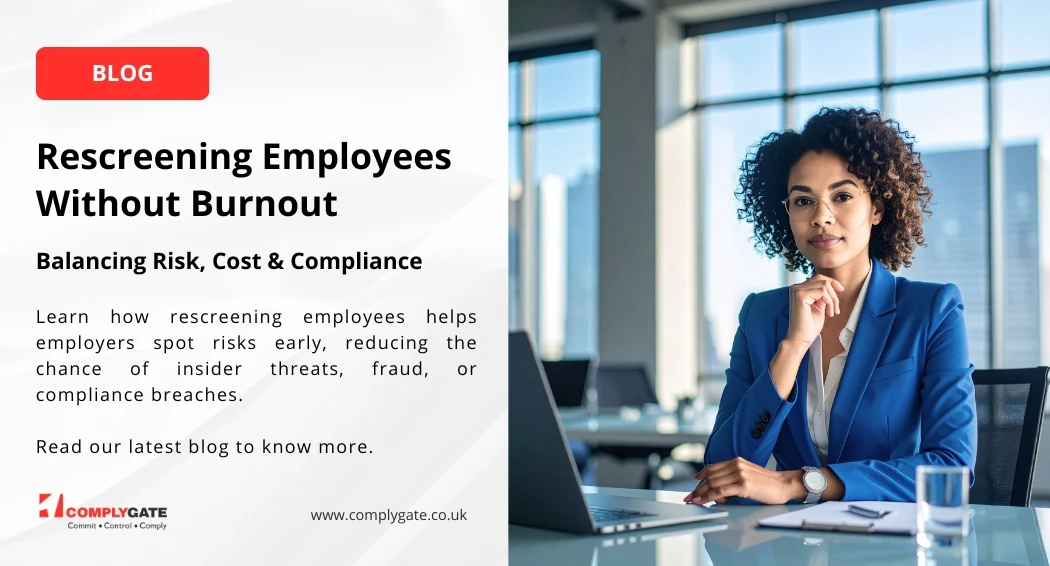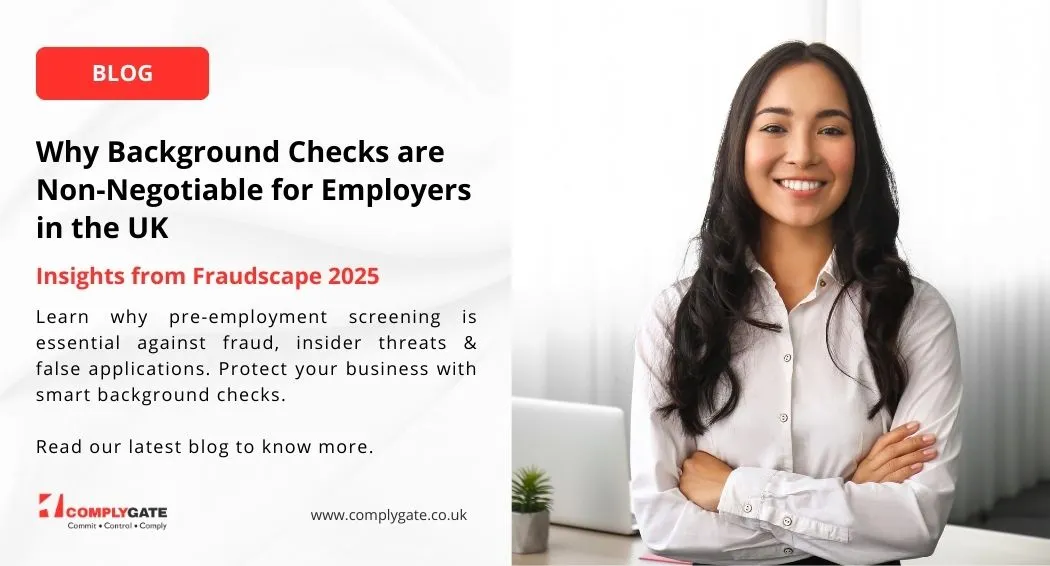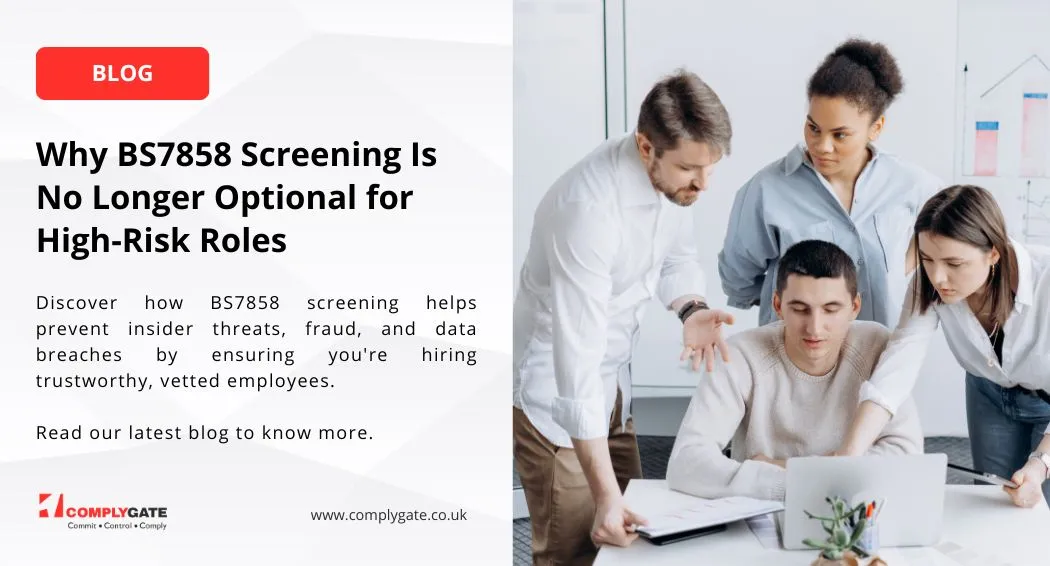Components of an AML Compliance Program
Despite a promising lead in security controls for the securing transparency and betterment of the way financial businesses are conducted and managed, incorporating new measures and features is not an easy task. It takes considerable time and money for corporates to renovate and beef up their anti-money laundering (AML) compliance.
This is a major global issue, even after hundreds of global organizations standardizing their businesses as per AML compliance. That said, the following paragraphs shall describe the key aspects of an effective AML compliance program.
At the outset, let us define an AML compliance program.
An anti-money laundering compliance program constitutes of built-in internal operations, user policies, accounts monitoring, reporting money laundering cases and everything else that an organization does to prevent money laundering and strengthen its stance against it. An AML compliance program is designed to expose and tackle money laundering and fradulent, illegal financing.
Setting up of a coherent AML compliance program designed to catch bad players requires following set requirements by businesses which intend to achieve their objectives.
Steps to be undertaken to stay AML compliant
An anti-money laundering compliance program aims to expose fraud, money laundering, tax evasion and instances of terrorist financing within organizations. The following steps are extremely crucial if such a compliance program aims to reach that goal:
- Thorough reporting – A complete reporting system is indispensable as it immediately helps to provide information about money laundering activities to the concerned authorities.
- Detection of risky profiles – A business needs to evaluate its clients’ profiles and process them accordingly in order to detect risky profiles and take corrective action while there is still time.
- Requirement of compliance officer – smooth and efficient management of this entire process requires a compliance officer, a person of relevant experience and stature, who is well aware of the operational boundaries of business compliance and relevant demands.
Compliance must be effectively handled by all team members as a moral responsibility across all organizational levels. Employees must have the awareness of recognizing and reporting any suspicious activity.
Factors that determine AML compliance
An organization needs to analyse and chalk out various potential risks before creating any kind of a compliance program intended to check money laundering. These risks are:
- Business risks
- Fines arising out of any non-compliance for AML laws
- Suspicious activities that point towards money laundering
Levelling up the development of an AML compliance program requires businesses to outline solid guidelines to simplify the development process and avoid any compromises.
Developing an AML compliance program
The following lines lists the key components and summarises the steps required to develop an optimal AML compliance program.
1. Detection of suspicious activities
Identification and exposing any money-laundering associated activities within the organization is the first objective. The following can act as indicators:
- Large sums of money deposited in an account;
- Any specific or consistent lack of information submitted to open a bank account;
- Fake information submitted to an application.
2. Risk assessment
Assessment of money laundering and terrorist financing activities can indicate relative scores and sort risky customers into various threat levels as per their individual credentials. Various parameters to take note of in this regard include high-risk countries, politically exposed persons (PEPs), due diligence reports, ultimate beneficial owners (UBOs), etc. Relevant AML jurisdictions determine the due diligence process.
3. Internal practices
Handling of money laundering and terrorist financing risks, along with supporting regulatory commission, requires financial entities to set up internal guidelines regarding information sharing within the organization.
- Making self-administered due diligence reports
Due diligence procedures for financial institutions need to follow their own and as well as their customer’s compliance demands.
- Setting roles and responsibilities
Organizations need to assign an AML compliance officer for taking control of matters on money laundering / terrorist financing and to handle relevant compliance.
- Reporting suspicious activity
Management must be the one that fist made aware of suspicious transactions. Subsequently, the management can decide on escalating the same to an appropriate financial regulatory authority or handling the same at organizational level.
- Training employees to identify ML and TF activity and take relevant action
Employees must be trained on identifying and responding to money laundering / terrorist financing activities whenever such an activity is reported within the organization. The employee training program must be designed to suit these needs.
4. Training to identify criminal acts
AML training programs must be carried out regularly for compliance officers and relevant personnel to better understand their roles and obligations.
Those who shall benefit the most using this training include high-risk sectors wherein the staff directly comes into contact with clients, compliance teams and senior management.
Training topics:
- importance of stopping financial crimes like money laundering and terrorist financing.
- detailed treatment of anti-money laundering regulations.
- An overview of penalties which can be incurred for failing to adhere to anti-money laundering laws.
Training means:
- Presentations and webinars prepared by compliance officers.
- Online modules and subsequent tests to measure understanding of anti-money laundering.
- Periodic staff meetings and discussions on the latest AML issues.
5. Carrying out independent audits
One of the best ways to spot a company’s weakness is to conduct an independent audit of the company’s compliance program and risk assessment policies. Effectiveness of implemented plans can be viewed by reviewing previous reports. AML law violations can be spotted by financial regulators.
An independent auditor can be selected on the basis of thorough AML knowledge and subject matter expertise, along with meeting regulatory expectations.
An AML compliance officer performs roles which include everything from compliance development and its implementation, internal audit management, compliance analysis, developing recommendations, handling employee training, etc.
An AML compliance officer is appointed after having expert knowledge of regulatory data sources and compliance analysis tools. Candidates must also have proficiency in relevant regulations as well as experience in the financial sector along with various industry certifications (CAMS, CAFP, CRCM, etc).











